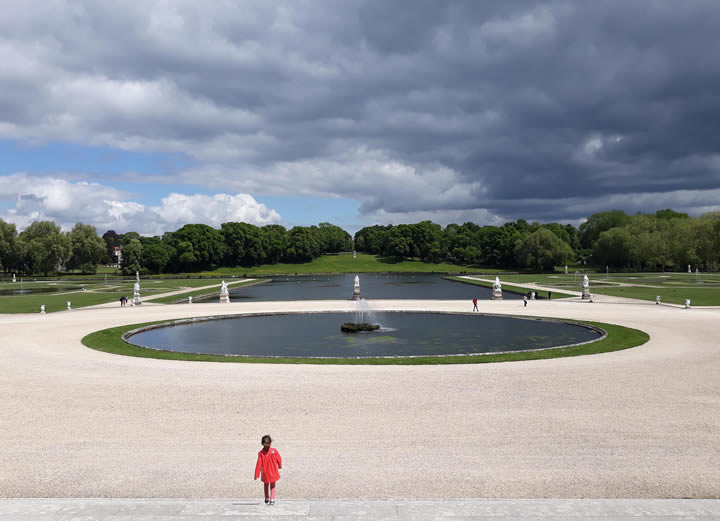Fairy Tale Genderology – Toolkit

Developing competences of youth workers in working with young people on the gender issue, using the new methodology “FTG Genderology” for gender oriented reading.
A User Friendly Manual leads youth workers/facilitators through the process of developing competences required to effectively evaluate the many problems of gender inequality young people are facing, and at the same time to be effective in providing new approach and tools which can be used to mobilise young people to work on gender equality. Learning experience will move young people from the comfort zone and will improve critical thinking about the issues of gender and how to deal with this controversy topic.
FTG Toolkit is a unique educational guidebook with clear model of a new methodology – Fairy Tale Genderology, an innovative approach and technique for gender reading in youth work.
FTG project deals with the topic of gender stereotypes in fairy tales using multimedia (video, photos, graphics and audio) as tools. By mixing these tools and methods of informal and non-formal education we have developed Fairy Tale Genderology, a methodology that will enable young people to learn gender reading texts and thus help them to develop capacity to understand and formulate problems in gender reading. The methodology has four phases: analysis, synthesis of traditional fairy tales and stories, and then deconstruction of old fairy tales and construction into new ones.
As preparatory work, the first phase of methodology is analysis of fairy tales and identification of gender stereotypes that influence the formation of awareness among youth and society in general. The analysis targets on stereotypes that are dominant in the stories, so that comparisons can be made:
– The main male characters are powerful, active, smart, independent and brave,
– Female characters are mysterious, loquacity and adaptable,
– Positive heroines are silent, rarely show their own opinion and accept their subordinate position, passive, emotional and fearful,
– Powerful women are shown as evil and alone,
– Gender labor gap -jobs of female characters are mostly helpful and they transmit a stereotypical female job of keeping the house from private to a public sphere (housewife, house assistant, maid, servant).
In the next step Fairy Tale Genderology starts with the synthesis of identified and recognized gender stereotypes, using multimedia, for example photography as a tool for expression, creating photo board of the stereotypes.
Furthermore comes deconstruction, a process of work in small groups, discussion and presentation of “lessons learned” in plenary where participants have possibility to talk and share opinion towards the concrete examples of the gender issues.
Final step is construction where participants in teams, according to selected tools (video, photos, graphics and audio) create new gender oriented fairy tales, with a new approach towards gender perspective.
Fairy tale Genderology is an innovative approach that helps young people to understand, formulate and respond to the problems in gender reading; to express analytical and critical thinking on the gender topic; recognize gender stereotypes in the text, identify their impacts at national and international level, and motivate them to offer new solutions to promotion of gender equality and women rights by using the innovative approach and technique.
Most importantly, this methodology in an innovative way teach young people how to polemically think about gender issues and initiate their activism in society. Multimedia represents flexible approach to education through fun and creative programme, and attractive way to motivate and empower young people to be engaged in the field of gender politics.
